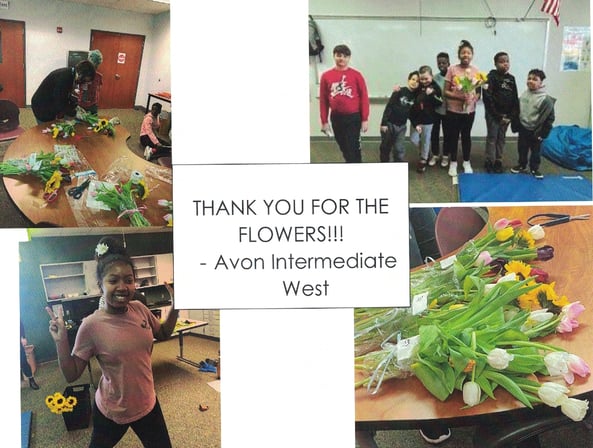 As we enter back to school season, we thought we'd share some interesting things about the impact of plants and flowers in the classroom.
As we enter back to school season, we thought we'd share some interesting things about the impact of plants and flowers in the classroom.
Here are just a few of the benefits to having a little bit of nature in the classroom.
- Improve air quality: Plants and flowers can help to remove toxins and allergens from the air, which can improve students' breathing and concentration. A study by NASA found that spider plants, English ivy, and peace lilies were particularly effective at removing pollutants from the air.
- Boost mood and productivity: Studies have shown that being around plants can reduce stress, anxiety, and fatigue, and can even improve creativity and productivity. A study by the University of Exeter found that students who had plants in their classrooms were more likely to report feeling relaxed and focused.
- Teach students about nature*: Plants and flowers can provide a hands-on learning opportunity for students to learn about different plants and flowers, their lifecycles, and how they interact with the environment. A study by the University of Illinois found that students who had plants in their classrooms were more likely to learn about and appreciate nature.
- Add beauty and interest to a classroom: Plants and flowers can brighten up a space and make it more inviting and stimulating for students. A study by the University of Texas found that students who had plants in their classrooms were more likely to report feeling positive about their learning environment.
If you are looking for a way to improve your classroom environment, consider adding some plants or flowers! When selecting plants and flowers, remember to choose plants that are easy to care for and are non-toxic to children. (Learn more about types of plants ideal for classrooms here.) Place them in an area with enough sunlight and rotate them regularly. Prune and water plants to keep them healthy and attractive.
*Gillespie Florists has a history of working with classrooms to provide flowers to students for hands-on experience in creating bouquets and working with flowers as well as the scientific side, getting up close and personal with how different flowers look through a microscope.

